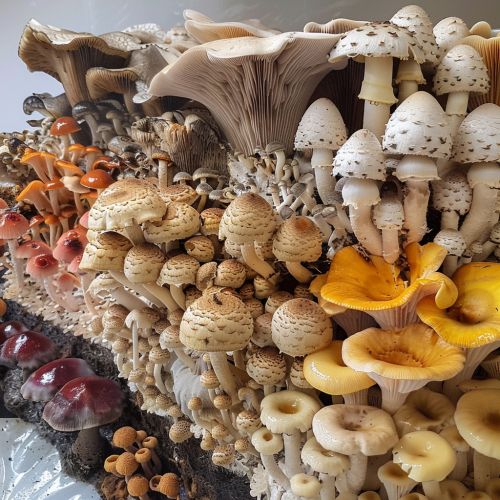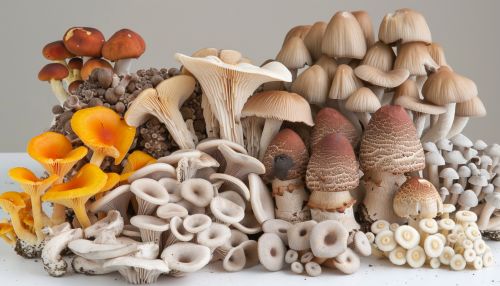Fungiculture
Introduction
Fungiculture is the process of producing food, medicine, and other products by the cultivation of mushrooms and other fungi. The practice of fungiculture dates back to the 17th century, although the cultivation of edible mushrooms probably began much earlier. The science of mushroom cultivation is known as mycology, and it involves the study of fungi, including their genetic and biochemical properties, their taxonomy, and their use to humans.
History
The cultivation of mushrooms for food dates back to at least the 17th century. The French began cultivating the common white button mushroom (Agaricus bisporus) in caves near Paris, using a mixture of manure and straw as a growing medium. The practice spread throughout Europe and eventually to other parts of the world. In the 19th century, the cultivation of shiitake mushrooms (Lentinula edodes) began in Japan and China, and the practice has since spread globally.
Types of Fungi Cultivated
There are many different types of fungi that are cultivated for various purposes. Some of the most commonly cultivated species include:
- Agaricus bisporus: Also known as the common white button mushroom, this is the most widely cultivated species of mushroom in the world. It is used in a variety of culinary applications and is also used in the production of certain types of medicine.
- Lentinula edodes: Known as the shiitake mushroom, this species is native to East Asia and is widely cultivated for its culinary and medicinal properties.
- Pleurotus ostreatus: The oyster mushroom is another popular species for cultivation, known for its unique flavor and texture.
- Ganoderma lucidum: Also known as the reishi mushroom, this species is often used in traditional Chinese medicine.
Cultivation Methods
There are several methods used in the cultivation of fungi, each with its own advantages and disadvantages. The most common methods include:
- Spore inoculation: This is the most traditional method of mushroom cultivation. It involves the introduction of fungal spores into a suitable growing medium, such as compost or grain. The spores germinate and grow into a network of fine threads known as mycelium, which eventually produces mushrooms.
- Tissue culture: This method involves the cultivation of fungi from a small piece of tissue taken from a mature mushroom. The tissue is placed on a nutrient-rich medium and allowed to grow into a new mycelium.
- Liquid culture: In this method, the mycelium is grown in a liquid nutrient solution. This allows for rapid growth and easy harvesting of the mycelium.
Uses of Cultivated Fungi
Cultivated fungi have a wide range of uses, including:
- Food production: Many species of mushrooms are cultivated for their culinary properties. They are used in a wide range of dishes and cuisines around the world.
- Medicine: Some species of fungi are used in the production of medicines. For example, the antibiotic penicillin is derived from a species of fungus.
- Bioremediation: Fungi can be used to break down pollutants in the environment, a process known as bioremediation. Certain species of fungi are particularly effective at breaking down petroleum products and other toxic substances.
Challenges in Fungiculture
Despite its many benefits, fungiculture also presents a number of challenges. These include:
- Disease and pest control: Like any form of agriculture, fungiculture is susceptible to diseases and pests. Fungal diseases can quickly wipe out a crop, and pests such as insects and rodents can also cause significant damage.
- Environmental impact: The production of mushrooms requires a significant amount of resources, including water and energy. This can have a negative impact on the environment.
- Regulation and safety: The cultivation of fungi for food and medicine is subject to regulation by government agencies. Ensuring compliance with these regulations can be a significant challenge for fungiculture operations.
Future of Fungiculture
The future of fungiculture looks promising, with advances in technology and growing interest in sustainable agriculture. Innovations in cultivation methods, such as vertical farming and the use of renewable resources, are likely to increase the efficiency and sustainability of fungiculture. In addition, the potential uses of fungi in bioremediation and other environmental applications are only beginning to be explored.
See Also
- Mycology - Agaricus bisporus - Lentinula edodes - Pleurotus ostreatus - Ganoderma lucidum


